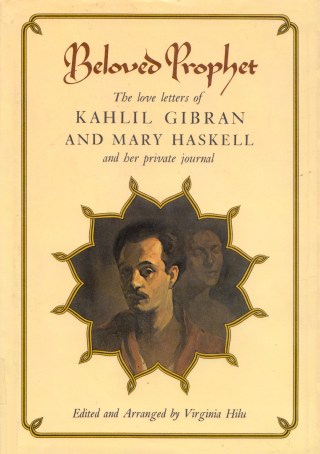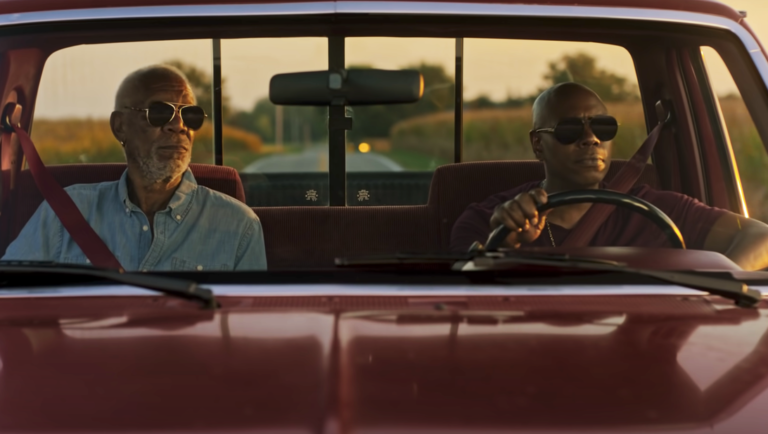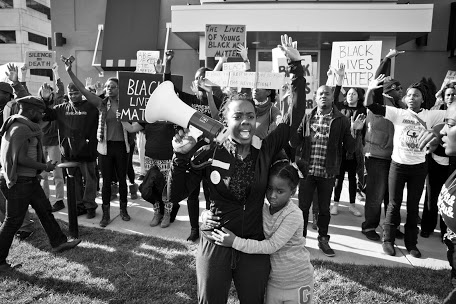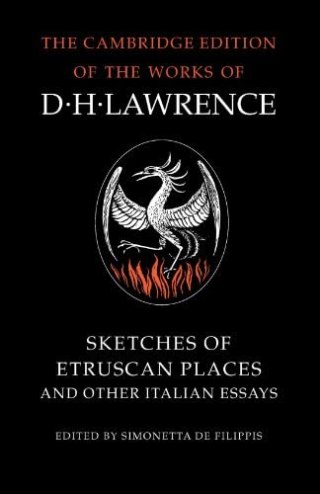Complement this particular portion of the wholly stunning Beloved Prophet with Coleridge on the storm, the rainbow, and the soul, Maira Kalman and Daniel Handler’s poetic illustrated love letter to the weather, and Annie Dillard’s arresting account of another display of nature’s grandeur, then savor this uncommonly beautiful Japanese illustrated ode to the changing sky.
The great storm, for which I have been waiting, has just come. The sky is black. The sea is white with foam, and the spirits of some unknown gods are flying between the sky and the sea. I am watching it as I write… What is there in a storm that moves me so? Why am I so much better and stronger and more certain of life while a storm is passing? I do not know, and yet I love a storm more, far more, than anything in nature.

[…]
Always at least I am not without you — even when all else is vague or ghastly.
That July, Haskell, who spent her summers in solitude in the mountains of California, mirrors back to Gibran his love of storms. In a letter from mid-July, she writes:
A mighty snow storm is raging outside. The studio is nice and warm, and a keen desire for work is in my soul. A storm frees my heart from little cares and pains. A storm always awakens whatever passion there is in me. I become eager, and seek relief in work. I often picture myself living on a mountain top, in the most stormy country (not the coldest) in the world. Is there such a place? If there is I shall go to it someday and turn my heart into pictures and poems.
I am standing on my Brooklyn rooftop watching enormous raindrops make a xylophone out of the wood planks as lightning splits the Manhattan skyline across the river of lead. It thunders — a low, drawn-out bellow. Swirling across the sky, as if to wash clean the slate of daily worries, the storm comes down with its existential ablution, booming and total. I think of Georgia O’Keeffe, who wrote to her best friend a century ago from the dramatic clime of the Southwest: “Last night we had a tremendous thunderstorm — and I’ve never seen such lightning in my life — it was wonderful… Stood out on the porch for a long time watching the whole sky alive.”
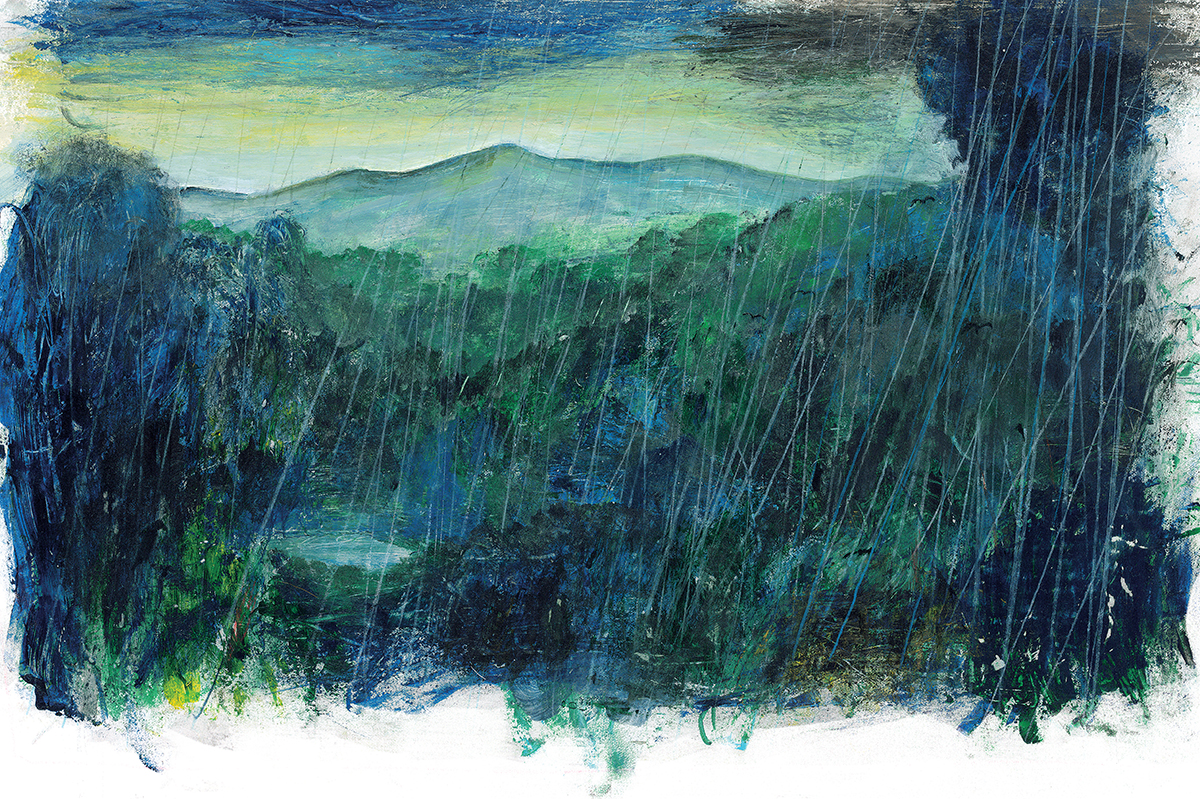
Around the same time, across the country, the Lebanese poet and philosopher Kahlil Gibran (January 6, 1883–April 10, 1931) was recording his own enchantment with mother nature’s most dramatic moods in Beloved Prophet (public library) — the collection of his almost unbearably beautiful love letters to and from Mary Haskell, which gave us his meditations on America and why artists make art.
In a letter from mid-August of 1912, an elated and awestruck Gibran writes to his beloved Haskell from the coast of Massachusetts:
I too was in the storm last Sunday — morning and afternoon driving five miles each in a tiny open sleigh with a good horse — in howling wind and rain — wishing for you and knowing how you would love it. I am never in a storm now without you.
My beloved Kahlil,
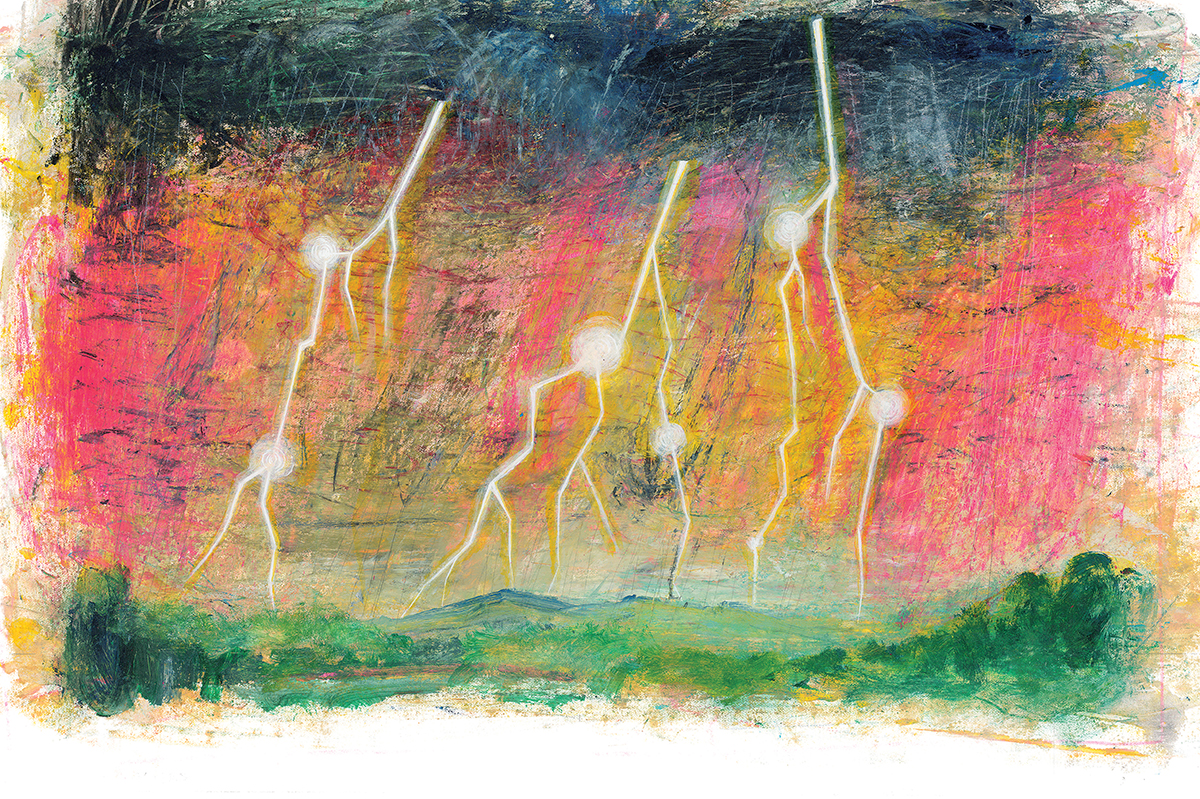
Two years later, he finds his imagination fomented by a late-winter storm in New York, where with Haskell’s patronage he has rented a small art studio to paint:
